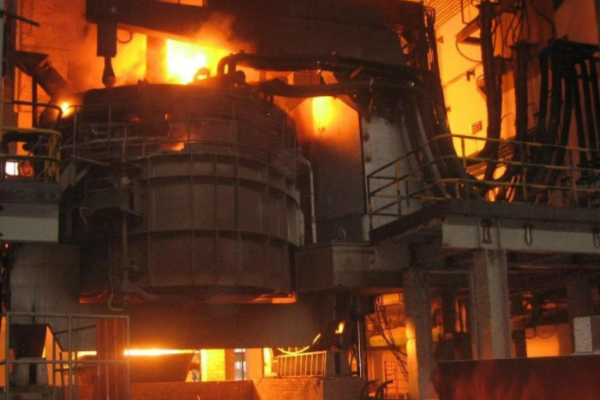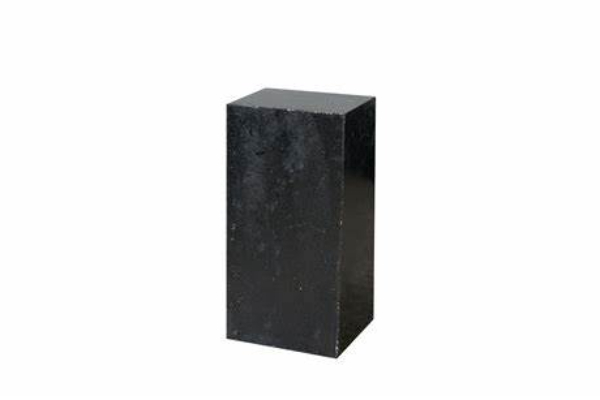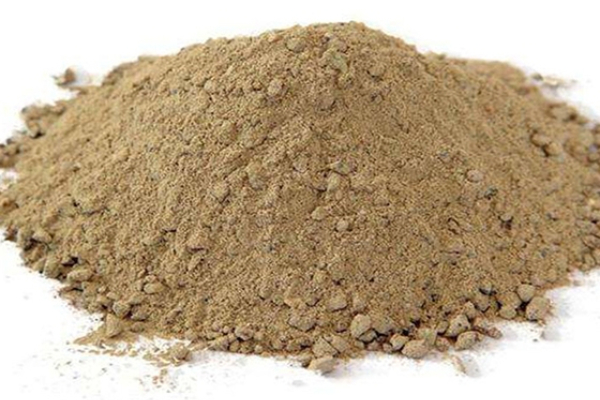電動炉の底のための耐火レンガの導入
電気炉 (EAF) 冶金産業の製鉄所に使用される重要な機器です. 金属のスクラップまたは電気弧を備えた原材料を加熱することにより鋼を生産します. 電気炉の運転中, 炉の底部は高温に耐える必要があります, 高圧,e, および化学腐食. したがって, 炉底部の耐火レンガは非常に高い耐火性を備えていなければなりません, 耐衝撃性, 耐熱衝撃性, 優れた化学的安定性. これらの要件により、電気炉底部の選択と使用における耐火レンガの重要性が決まります。.

電気炉の耐火レンガはどのような条件を満たさなければなりませんか?
① 低抵抗率;
② 熱伝導率が低い;
③ 温度による抵抗値の変化が小さい;
④ 耐熱衝撃性、耐スラグ性に優れています。;
⑤ 長寿命、低消費電力.

電炉底部耐火物のご紹介

上記の条件を満たすには, 導電性 マグネシアカーボンレンガ 導電性炉底部の銅板に直接敷設, そして、の層 材料を突き刺す 炉の底部には導電性の良いコーティングが施されています, 厚さ約150mm. 生産工程中, 炭素含有マグネシウム材料は修理に使用可能. この耐火炉底部は高温でも低温でも修理可能で、他の種類の炉よりも耐用年数が長いです。.
直流アーク炉の導電炉底部として上記の要件を満たすマグネシアカーボンレンガ用, キーマテリアルの場合のみ (黒鉛) マグネシアカーボンレンガでは一定量の残留炭素に達します, より高い導電率を得るために炭素含有結合マトリックスを使用できますか.

 栄勝耐火物工場
栄勝耐火物工場
微信
wechatでQRコードをスキャンしてください